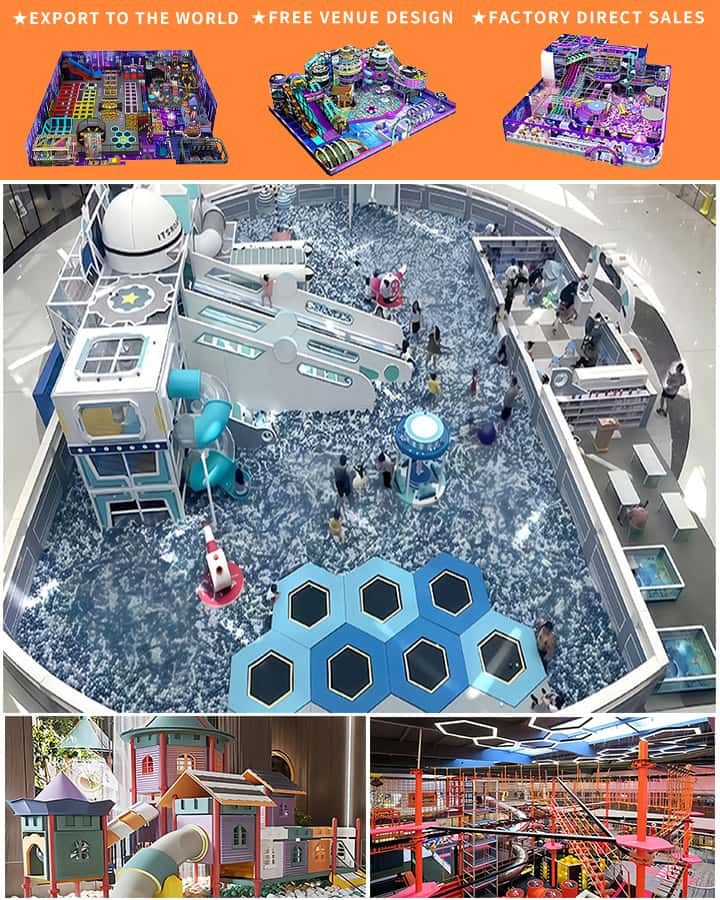In the realm of playground equipment design and installation, safety and quality are paramount. The American Society for Testing and Materials (ASTM) has played a pivotal role in establishing comprehensive standards to guide the industry towards creating safer play environments for children. These ASTM standards cover various aspects, including equipment design, material selection, and installation procedures, ensuring that playgrounds meet stringent safety and performance criteria.
Historical Context and Evolution
The journey of ASTM standards for playground equipment began with the recognition of the need for standardized safety measures in the mid-20th century. Over the decades, ASTM International, through its committee F15, has continuously updated and expanded these standards to address emerging trends, materials, and technologies in playground equipment production and installation. This dynamic process ensures that the guidelines remain relevant and effective in mitigating risks associated with playground use.
Core Principles of ASTM Standards
ASTM standards for playground equipment are grounded in several core principles:
Safety First: The primary objective is to minimize the risk of injury to children using the playground equipment. This includes considering factors like impact attenuation, entrapment hazards, and stability.

Durability and Maintenance: Ensuring that equipment can withstand regular use and environmental conditions without compromising safety or performance is crucial. Standards also outline maintenance protocols to prolong the lifespan of the equipment.
Accessibility and Inclusiveness: Recognizing the diverse needs of children, ASTM standards promote the design of accessible playgrounds that cater to children with disabilities, encouraging inclusive play experiences.
Age Appropriateness: Different age groups have distinct developmental needs and risk tolerances. ASTM standards classify equipment based on recommended age ranges, ensuring that each piece is suitable for its intended users.
Key ASTM Standards for Playground Equipment
Some of the most notable ASTM standards include:
F1487: Specifications for Playground Equipment for Public Play Areas. This standard covers general requirements for all types of playground equipment, from swings to slides, detailing safety features, materials, and testing methods.
F1292: Standard Practice for Impact Attenuation Surface Performance Testing. Given the importance of shock absorption in preventing injuries during falls, this standard outlines test procedures to evaluate the effectiveness of impact-absorbing surfaces under playground equipment.
F1147: Standard Test Methods for Impact Attenuation Characteristics of Playing Surface Systems Under and Around Playground Equipment. Complementing F1292, this standard provides detailed methodologies for measuring the energy absorption capabilities of different surface materials used in playgrounds.
Compliance and Certification
Manufacturers, installers, and inspectors must adhere to these ASTM standards to ensure compliance. Third-party certification organizations often conduct audits and tests to verify whether products meet these rigorous standards. Compliance not only safeguards against potential liabilities but also instills confidence among parents, caregivers, and communities that the playgrounds are safe for use.
The Future of Playground Safety Standards
As technology advances and new materials become available, ASTM continues to evolve its standards to incorporate innovative solutions that enhance playground safety without sacrificing fun or creativity. Collaboration between industry experts, researchers, and regulatory bodies remains vital in staying ahead of potential hazards and promoting best practices globally.
In conclusion, ASTM standards serve as a cornerstone in the design, manufacturing, and installation of playground equipment, safeguarding young users while fostering a culture of safety and enjoyment. Through ongoing research and collaboration, the future holds promise for even safer and more engaging play spaces worldwide.




